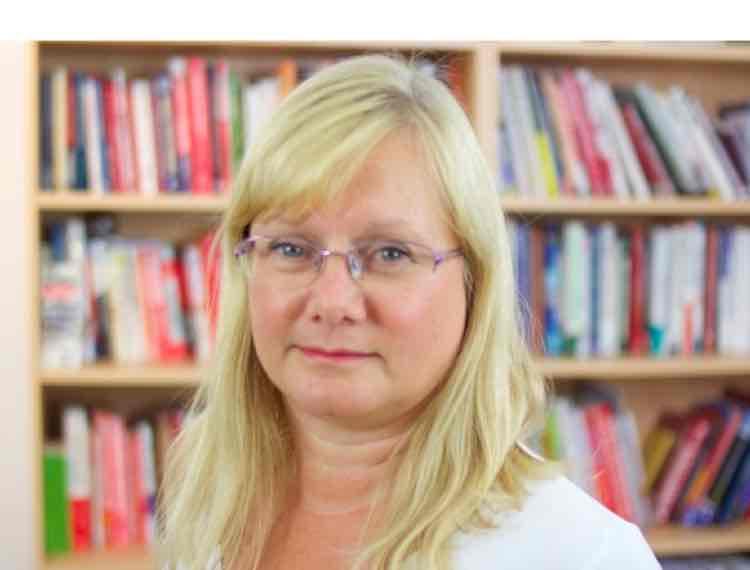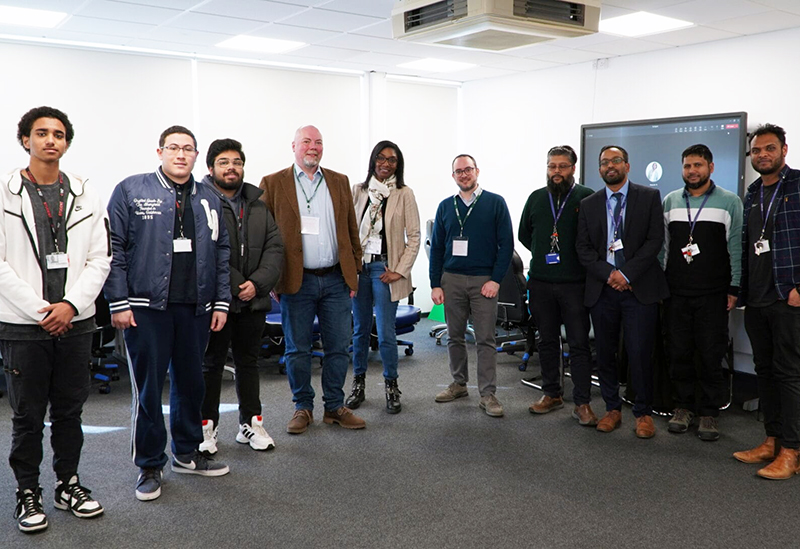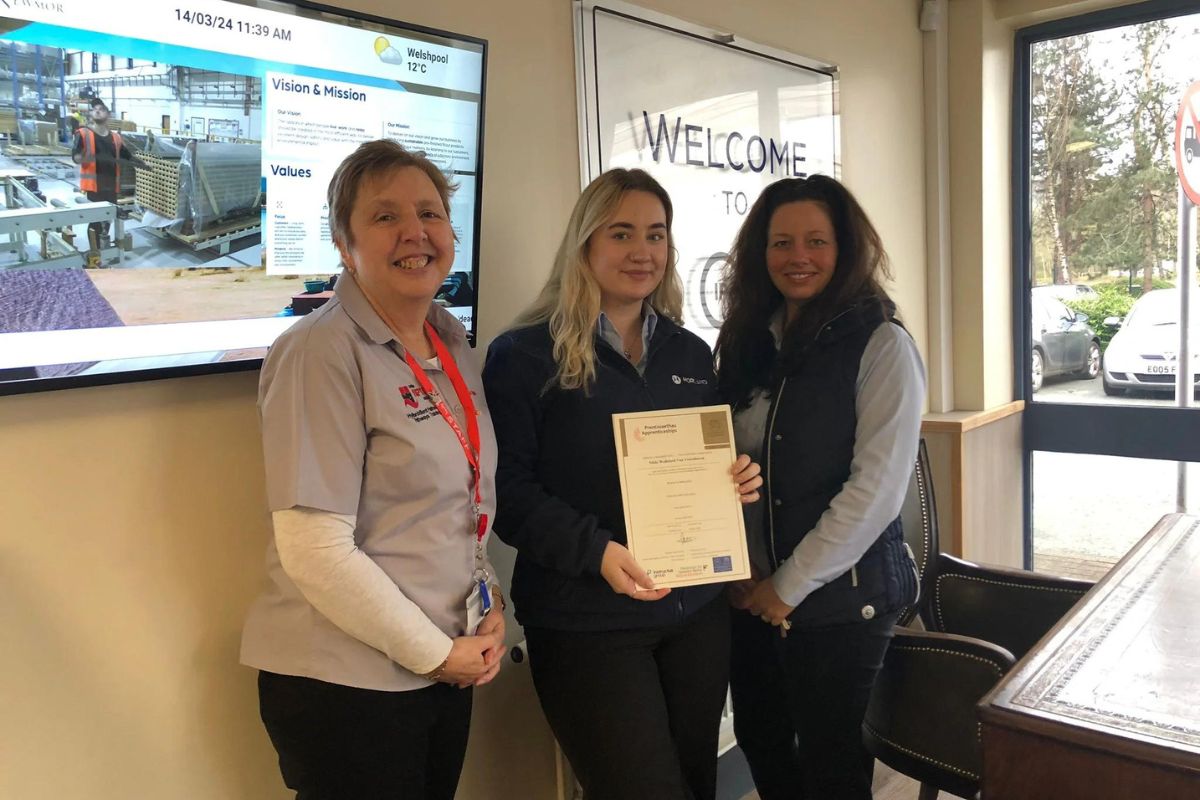A practical guide to efficient and effective methods of CPD using social media

Kathy Brodie shares some really useful tips to help you keep up to date with your CPD:
Keeping up to date with current policy, trends and best practice should be easy in the modern world. After all, there are multiple sources of information, all ready to stream straight to your laptop or PC. However, the sheer quantity of available data and the speed with which it moves can make this almost impossible to access – like scooping a single thimbleful of water out of a gushing river.
Fortunately, there are a number of simple steps that you can take to ensure that you are right up to date, without spending all your free time scouring the Internet. I’m going to focus on three social media platforms – Twitter, LinkedIn, and Facebook. Although all three can be used for personal use, I shall be concentrating on your professional profile and work use.
Twitter is an excellent place to keep up-to-the-minute with news and trends. It is an excellent place to gauge interest and see popular comment. Unfortunately there is no filter on there to separate out the considered thoughtful responses and the rest. Luckily, you can create your own filter, by using the ‘List’ option. You will find this on your Home page in the top right, under your image called ‘profile and settings’. Click on List and you’ll get a new page, with an option to ‘Create new list’ on the right-hand side.
You will now have to choose a list name, optional description and whether you want it public or private. Once you have done that and clicked on save, you can select those accounts you would like to see on the list. Note that you will still see these accounts in your main Twitter feed as well, but this method means you don’t have to scroll through endless cats and quotes to try to find it.
When you know which accounts you’d like to include (for example @FENews), simply click on the ‘gearwheel’ on their profile, where you will find an option to ‘Add to list’. Click this and add to the list you’ve created.
Now when you go onto your own profile, you can go to your list (under your profile image) and you will only see those accounts you’ve chosen. I’ve created a public list called FE Careers so you can see what the list will look like and also get some ideas of accounts to include.
The beauty of this method is that you can have multiple lists and tailor them to your exact requirements. For example, you could have one that focuses on government policy, which would have the House of Commons and House of Lords. Or you could see what is happening at all the local colleges in your area.
Once you have your lists established, do give them a review every so often, to check that accounts have not been closed and to add new accounts. You may find new and interesting people to follow by searching a relevant hashtag # such as #FEChat.
Another way to use lists on Twitter is to click through to lists already made by accounts that interest you. Go to their account and you will see ‘lists’ under their main profile image. Note that not all lists will be public, but you can now browse through those that are (and it may save you time having to create a list if it fits your purpose). For example, @FENews has 4 public lists that you may find interesting.
Lists effectively turn Twitter from a giant room of random people all talking at once, into a private VIP area for the select few. The downside of Twitter is that 140 characters limits the messages that can be conveyed and it can feel impersonal and sometimes a bit flippant.
Enter LinkedIn. LinkedIn is the professional, business, serious face of social media. Here you can load up your CV, list your publications, career history and showcase your professional self. For CPD purposes, LinkedIn is a place to discuss and debate the latest policies, ideas, academic research and news articles. This allows for a more in-depth analysis of situations, from all over the world. It is useful for CPD on two counts. Firstly you can get an idea of what is currently a ‘hot topic’, so you may want to investigate it further or target your reading in this area. Secondly, you can use the Groups function to join like-minded professionals.
Initially, I would suggest joining some groups that may look interesting, so you can get a feel for the types of things you can share and what topics make good discussion topics. You can do this using the search bar at the top or the Discover button, so you could search for FE Careers for example. Don’t forget, the strength of LinkedIn is the dialogue and sharing ideas. A good conversation thread can make you feel like you’ve been networking at a conference!
Once you feel confident, you may want to start your own group. This will be very useful if you are in a specialist area or would like to investigate one aspect of your role with other professionals. Creating a group could not be simpler. You go to Interests, then My Groups and click on Create a Group. There is a short form and you are done!
Having your own group means that you can decide what is discussed, and who can join, so you can ensure everyone is on topic. It also means you can ‘pin’ topics at the top of the group, for important discussions, so you can encourage further comments from others.
In addition to the groups function, LinkedIn has a ‘Learning’ section (see toolbar at the top) which has a wealth of video and online courses. Some are suggested for you, using your job title or other information LinkedIn has about you, whilst others are thought-leaders in their field. Although there are some free videos, to make full use of this facility you would probably need to sign up to the LinkedIn Learning, which is about £20 a month.
The only real downside is that you need to keep on top of requests to join and to sometimes monitor the discussion to make sure that nothing needs moderating. However, once you are in the habit of checking every so often, this is not too onerous, and the benefits definitely outweigh the extra time needed.
For CPD purposes, Facebook sits somewhere between Twitter and LinkedIn. It can be fast moving and react quickly to the latest DfE edict, but there is also opportunity to have professional discussions, links to articles and a more in-depth analysis of the topics. But first of all, I must emphasise that this is your professional Facebook profile. It is not good practice to mix your professional and personal profile!
I have both been in a class cohort Facebook group and set one up. They were (and still are!) very successful on both occasions. These are closed groups, so you need an administrator, where students can discuss topics in private, link to research etc. As in the classroom, ground rules are very important and need to be enforced. Once everyone in the class has joined, you now have an opportunity to share information effortlessly by uploading files and putting in links. The appeal of Facebook as a teacher is that the students will be checking their Facebook accounts every day (hour?) so you can be sure that your message will be seen.
For your own CPD, you may want to make a staff Facebook group, where you can virtually get together and share information, interesting journals etc. (and may even save time in the staff meetings!). Again, there are already a huge number of Facebook groups established around the world, so there will almost certainly be one in an area that interests you that you can join.
Of course, there are many other platforms to choose from, such as Instagram (useful if you are in the visual arts or if images play a large part of your role) or Youtube (if you are happy in front of a camera and you can monitor the comments).
Keeping your CPD up to date will take a little time, but by finding a method that fits your lifestyle and preferences, you will find that it becomes easier and even more effective.
Kathy Brodie, Founder, Early Years Training












Responses